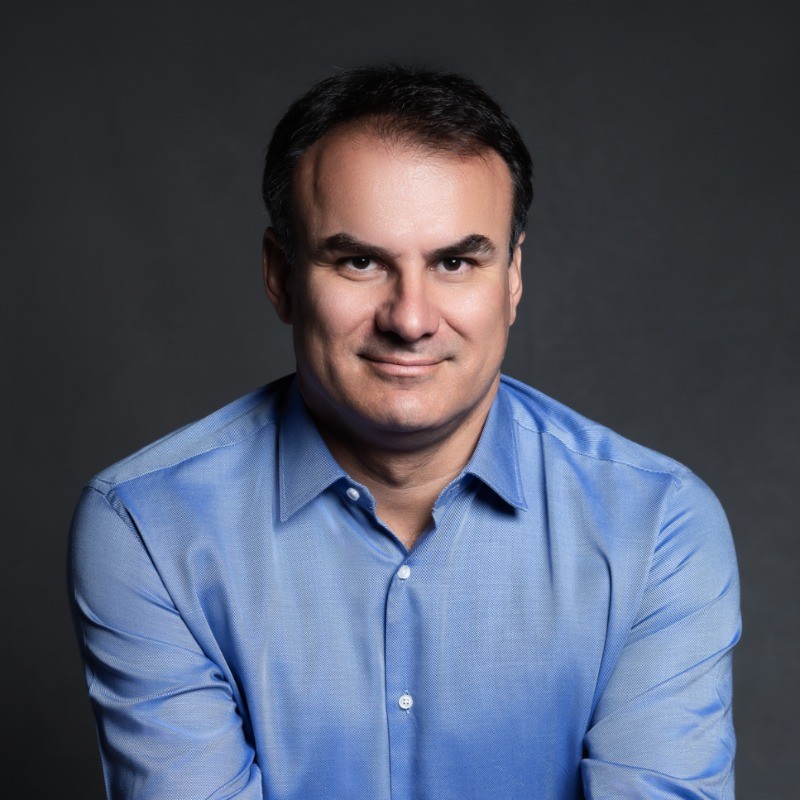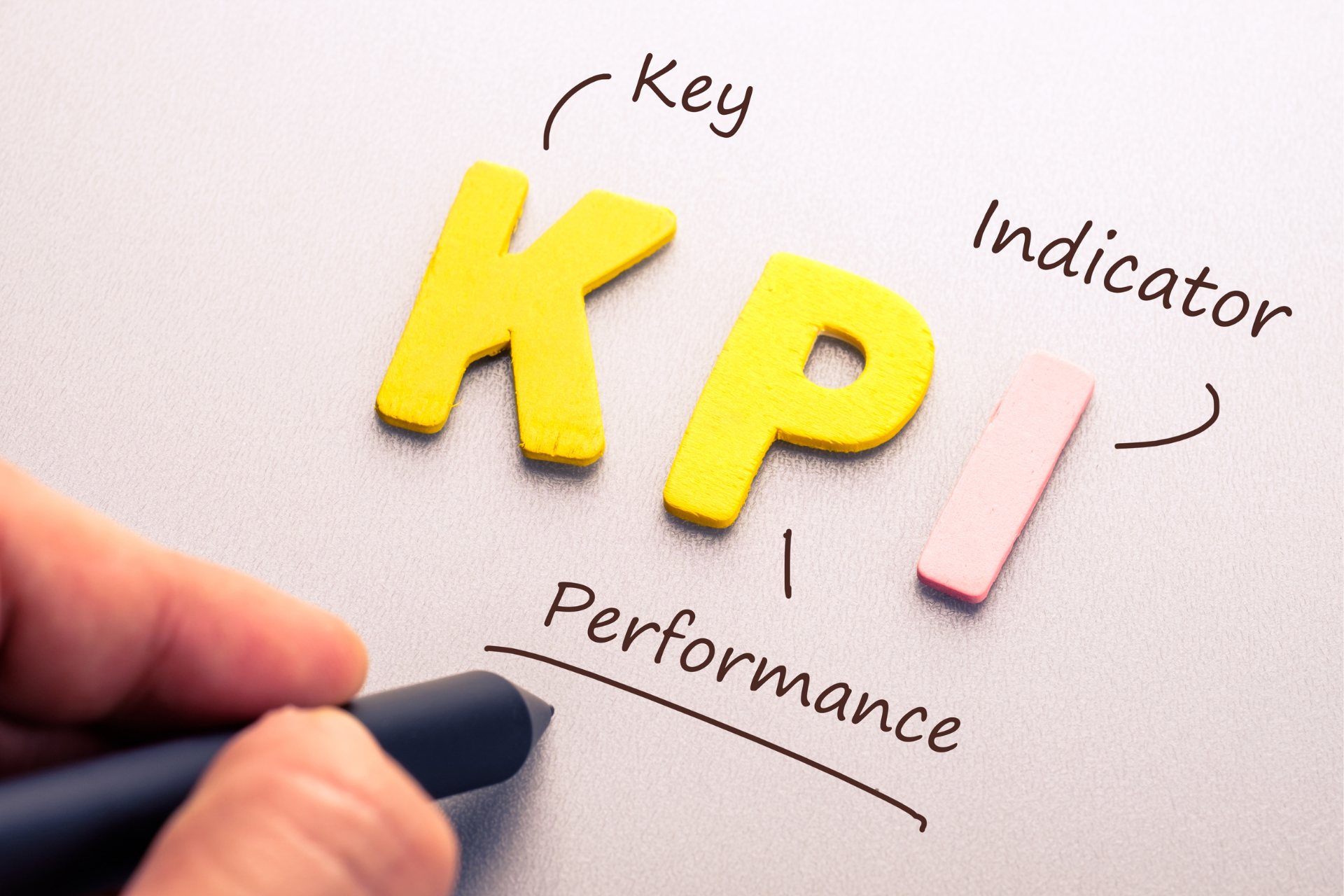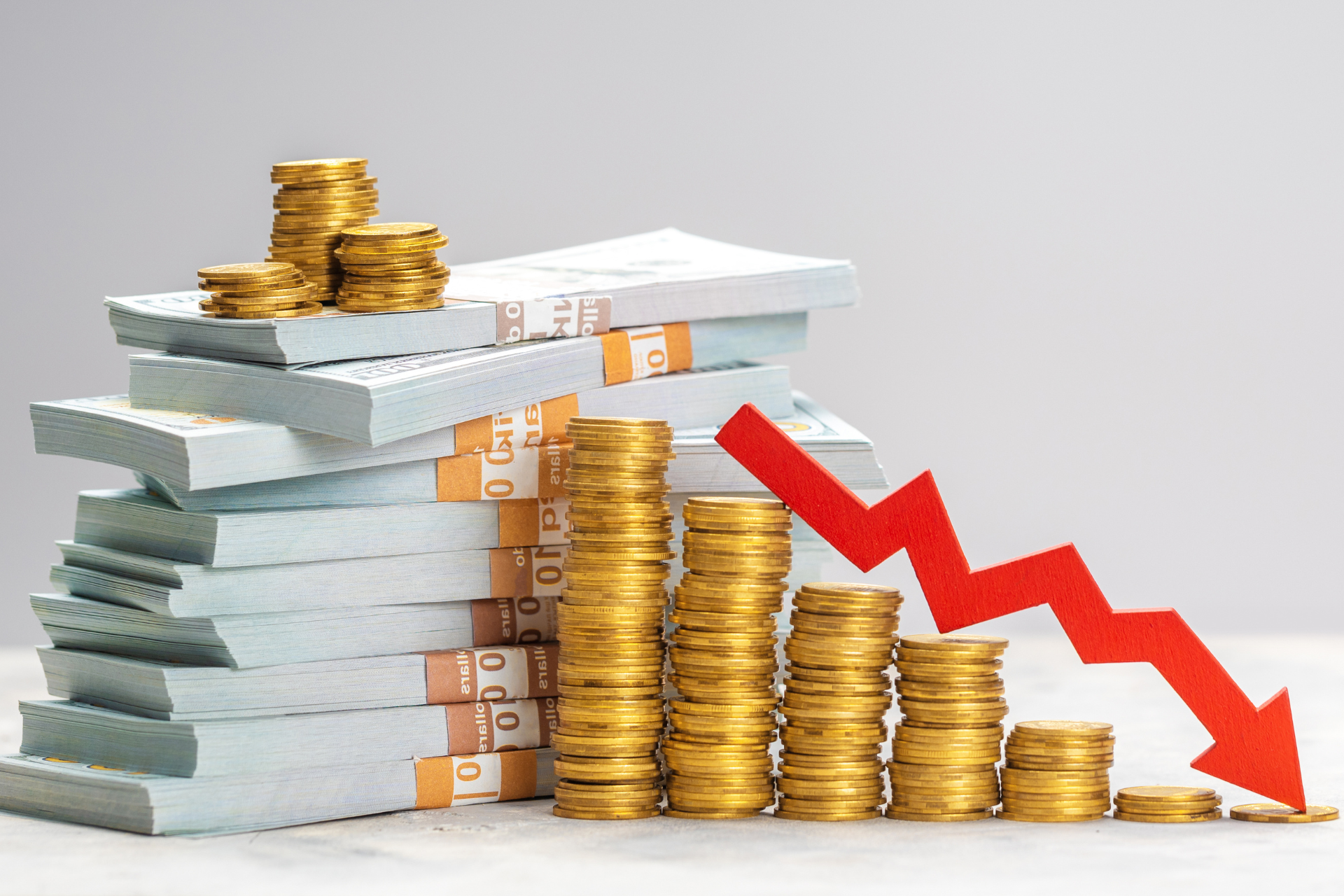Unfortunately, St. Marché’s situation isn’t improving. This week, they filed for an urgent protective measure to shield against early debt repayment triggers that creditors could enforce due to a financial covenant (4x EBITDA).
In 2023, total debt was around R$300 million (net debt of 3.7x EBITDA); today, the creditor list exceeds R$600 million.
The deteriorating economy isn’t helping: food inflation has been extremely high in recent years (+40% | 2020-2024), amplified by the real’s devaluation in a supply mix with a higher share of imports. Even higher-income consumers are sensitive to high prices. Additionally, sharply rising interest rates have increased the cost of debt for their expansion plan, and a failed IPO that could have brought cheaper capital has seriously worsened the company’s financial situation.
As a turnaround executive, regardless of the economic challenge, I’ve always started from the premise that solutions to any crisis depend on factors we control—looking inward first.
St. Marché: The Saint of Supermarkets Needs a Miracle
Published
2025-02-20
St. Marché’s Business Model Lost Its Edge Some Time Ago
- I still remember when the first store opened, finally bringing a differentiated option to the market, positioned between the ultra-premium emporiums St. Luzia/St. Maria and the mid-tier Pão de Açúcar. St. Marché’s main revolution was its differentiation in perishables, starting with its bakery featuring naturally fermented breads, the key driver for high-frequency foot traffic. It offered an exclusive, differentiated assortment in wines, deli meats, olive oils, biscuits, and more. It was pricier than the traditional Pão de Açúcar but far more accessible than luxury emporiums. It was a premium worth paying for the value it brought. The business model’s logic was to attract higher-income customers from other chains, especially Pão de Açúcar, with a differentiated perishable offering, and sell the rest of the shopping basket—high-consumption categories like beverages, hygiene, cleaning—at acceptable prices: a premium worth the opportunity cost of an extra stop.
- This differentiation lasted a few years until Pão de Açúcar caught up with its value-added offering. Today, comparing the value propositions of the two main players in the segment, St. Marché’s only major differentiation is a more luxurious store ambiance and better shelf presentation, which doesn’t seem to justify the gross margin gap between Pão de Açúcar (27%) and St. Marché (36%).
- This nearly 10 percentage point difference reveals a significantly higher pricing strategy by St. Marché that no longer aligns with the perceived value relative to its main competitor. This loss of differentiation earned St. Marché its reputation as overpriced.
- To counter this image, St. Marché has relied on promotional tactics, plastering signs throughout the store. In doing so, it increasingly resembles its competitor. Promotion isn’t a business model; it’s a sales tactic.
The Necessary Reinvention: The Saint of Supermarkets Needs to Redo Its Miracle
- Barring an M&A with another chain, one solution is business restructuring, returning to its original DNA—positioning between luxury emporiums and mid-tier markets like Pão de Açúcar, even if it means shrinking.
- In retail, the truth is that size matters less than the solidity of each store’s profitability. There are many opportunities for St. Marché to reinvent itself and restore differentiation, creating a perception of better value for money, starting with its flagship bakery (whose original quality has declined with expansion). There are also mix and pricing adjustments needed in other categories. Even if better presented, nothing justifies the butcher shop charging 20% more for the same cuts. Many categories are unbalanced due to an excess of imported products, pushing prices to the high end and leaving gaps in entry-level positions. There’s also an opportunity to offer a broader range of prepared foods, a category that could become a major high-frequency traffic driver if well implemented. The high expense rate also reveals opportunities to simplify offerings with a higher cost relative to the perceived value generated (General Expenses | 24% of revenue vs. 18% for Pão de Açúcar). No restructuring is trivial. Let’s pray the saint works its miracle.



